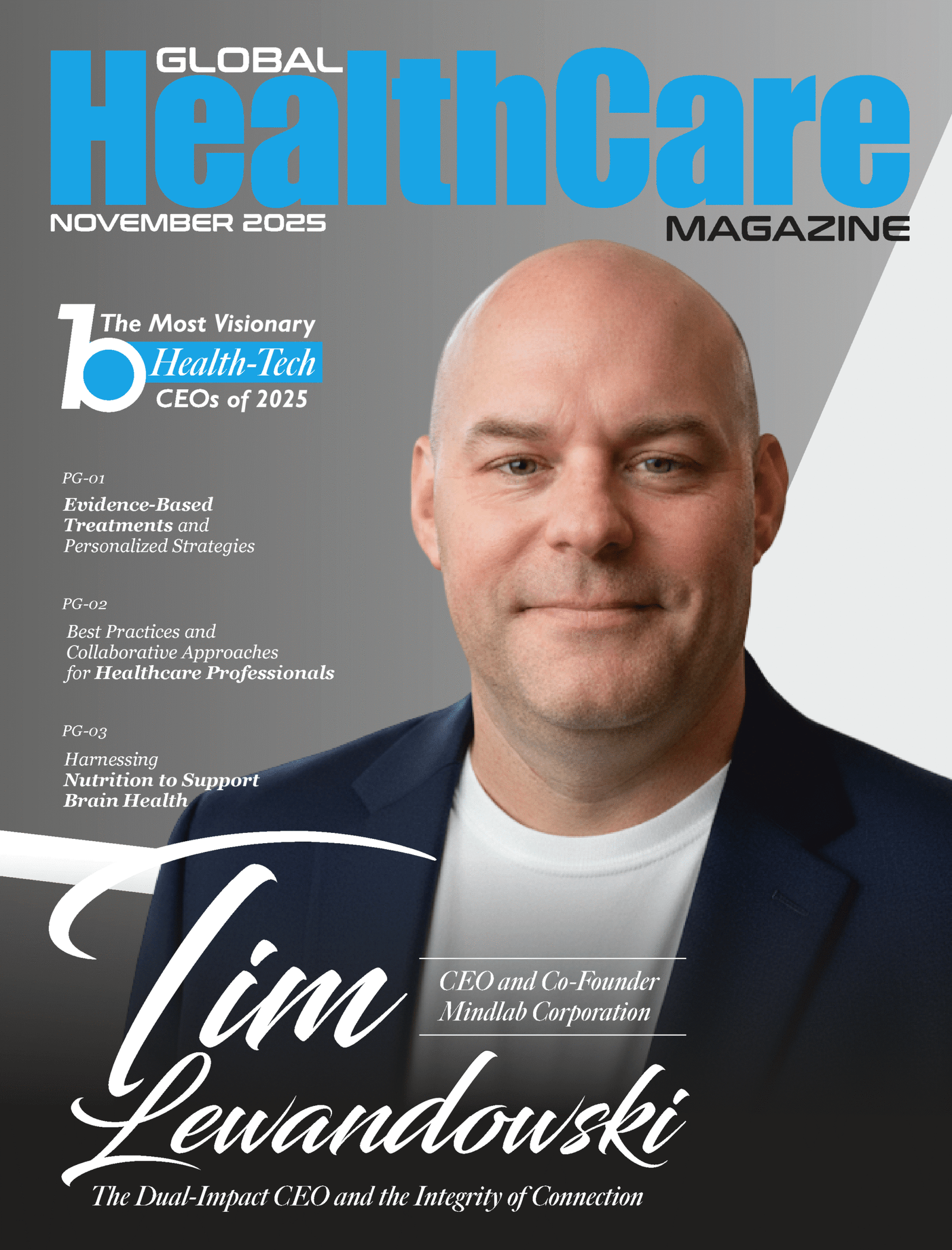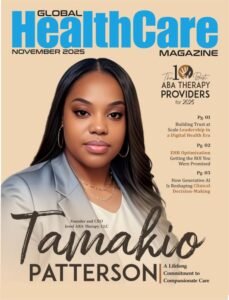Breast surgery is common, yet confusing. Major plastic surgery societies report that surgeons in the United States perform hundreds of thousands of breast procedures each year, including enlargement, reduction, reconstruction, and lifts. Still, many people arrive at a first consult not sure which operation fits their body or goals. Some hope for relief from back or shoulder pain. Others want to restore a breast after cancer care. Some want to change size, shape, or symmetry. When the terms blur, choices suffer and expectations drift.
This guide clears up what most people get wrong before surgery. You will see how each procedure differs, what drives the choice, and what to ask your surgeon. Armed with plain facts, you can plan care that matches your health, comfort, and confidence. Wrong assumptions can lead to extra operations, higher costs, and letdown after healing.
Looks Are Only One Reason People Choose Surgery
Many people think breast surgery is only about looks. Health and daily comfort push many decisions. Large, heavy breasts can trigger neck, back, and shoulder pain. Deep bra grooves, rashes under the fold, and posture strain are common. Sports and sleep can suffer. Clothing fit may limit choices or need tailoring. After cancer, uneven size can affect balance and body image. Surgery can reduce symptoms, improve movement, and lift mood. Before your visit, write down the problems you want solved. Detailed notes also help insurers see medical need.
Different Goals, Different Procedures
Online info often mixes terms and fuels misconceptions about breast reconstruction, reduction, augmentation, and lifts. These are not interchangeable. Reconstruction rebuilds breast shape after loss or major damage, often linked to cancer treatment. Reduction removes tissue and skin to lighten weight, ease pain, and improve balance. Augmentation adds volume with implants or fat transfer for fuller size or restored fullness. A lift reshapes and raises tissue that has dropped, with little change in volume. Surgeons can combine steps, such as a lift plus reduction. The right plan starts with your goal.
When Cancer Care and Timing Matter
If you face breast cancer treatment, timing matters. Some people rebuild shape during the same operation as mastectomy or lumpectomy. Others wait until chemo or radiation ends. Immediate work can shorten total surgeries and preserve more skin. Delayed work lets you focus on cancer care first and plan later when you feel ready. Radiation can affect skin and may change the approach your surgeon recommends. You do not lose your chance if you delay. Some plans use a temporary expander first, with final shaping months later. Ask your oncology and plastic teams to map timing together.
Why Results Don’t All Look the Same
Photos on the internet can mislead. Even with the same procedure, results vary. Your chest width, skin stretch, remaining tissue, and scar pattern all affect outcome. Prior surgery or radiation can limit options. Implant type, placement, and size change the final look. Fat transfer can soften edges but may need repeat sessions. Healing adds another layer; swelling and settling shift shape over months. Use photos as style guides, not promises. Ask your surgeon what is realistic for your body. Perfect mirror-image symmetry is rare, even in natural breasts. Small differences are normal and often not visible in clothing.
Scars Happen—Plan for Them
Every incision leaves a scar, yet many people expect barely a mark. Scar length and spot depend on the procedure. Common patterns include an anchor shape around the areola and down the breast fold for large reductions, a lollipop line for moderate work, or a fold incision for implant placement. Scars change color and texture over time. Initially, they look firm and dark; with care, they soften. Your team may suggest silicone gel, taping, massage, and sun protection. Ask how long healing takes; fading often continues for a year or more.
Nerve Sensation Takes Time to Return
Many patients assume they will either lose all sensation forever or feel completely normal right after surgery. The truth lies in between. During breast surgeries, nerves can be cut, stretched, or moved. This disrupts feeling in the skin and nipples. Recovery of sensation depends on how well nerves heal or form new connections. It can take months or even up to two years to notice improvements. Some areas may remain numb or hypersensitive. Tingling or prickly feelings are often signs of healing nerves. Talk to your surgeon about nerve-sparing techniques and what changes you might expect.
Breastfeeding Outcomes Vary Widely
Some people believe breast surgery always prevents breastfeeding, while others think it has no effect. Both assumptions are wrong. Success depends on how much glandular tissue, ducts, and nerves are preserved. Reductions that remove significant tissue can limit milk supply. Lifts or implant procedures tend to have less impact on breastfeeding. Reconstruction after mastectomy usually removes all milk-producing tissue, so breastfeeding is not possible. If you plan to have children, discuss your goals with your surgeon in advance. Early consultation with a lactation expert can also help manage expectations and provide strategies for feeding.
Recovery Is More Than Just Rest
Recovery from breast surgery is a structured process, not a quick weekend break. Initial healing includes swelling, soreness, and restricted arm movement. Some patients need surgical drains for a few days. Light activities like walking are encouraged to prevent stiffness and improve blood flow, but heavy lifting or exercise is off-limits for weeks. Complete healing and final results may take several months. Planning for time off work, childcare, and support with daily tasks can make recovery smoother. Follow-up visits with your surgeon are essential to monitor progress and address any issues early.
Understanding the differences between breast procedures and their outcomes can save time, money, and stress. Each surgery has unique goals, recovery needs, and long-term considerations. Patients who ask clear questions, set realistic expectations, and understand possible risks report greater satisfaction with results. Your surgeon should be a trusted partner in planning what is right for you. Take the time to review all options, consider your lifestyle, and think about future needs like breastfeeding or sports. A well-informed patient is more likely to achieve both functional and aesthetic goals with confidence.
Also Read: Navigating the World of Bariatric Surgery: Procedure Options and Outcomes



















